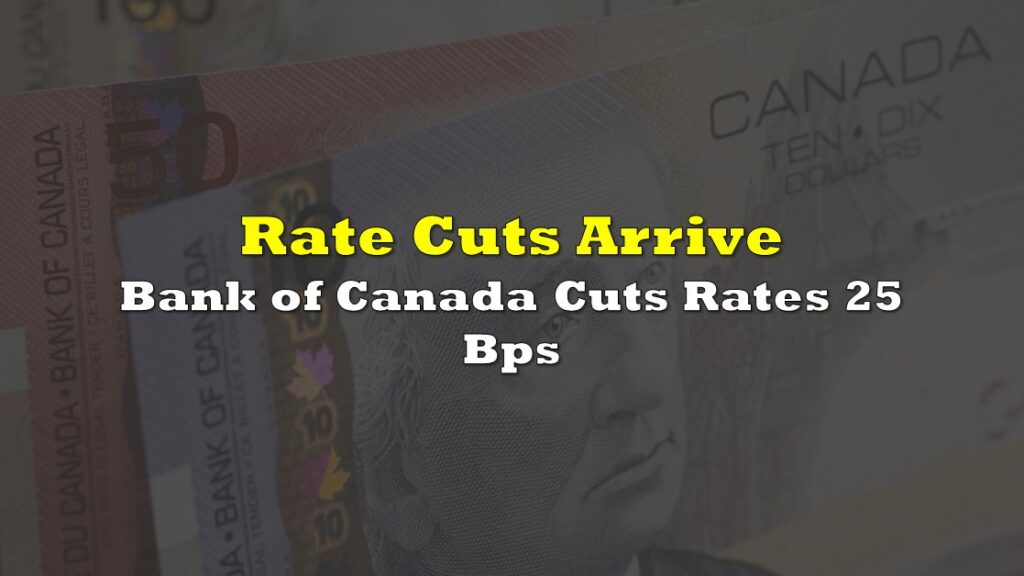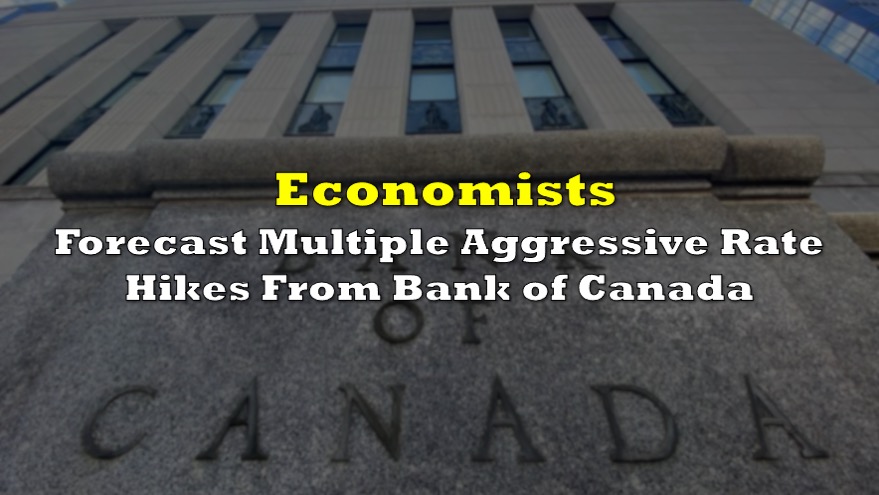The Bank of Canada has released its highly anticipated 2022 Methods-of-Payment (MOP) Survey, providing valuable insights into Canadians’ payment behaviors and shedding light on the ongoing evolution of the nation’s payment landscape. The comprehensive survey, which measures adoption, use, and perceptions of payment methods, particularly cash, serves as a crucial tool for the design and management of Canada’s bank notes.
The survey indicates that measures of cash management remain consistent with the previous year. “We highlight long-term trends in cash holdings, management and use observed across results from previous surveys in 2009, 2013 and 2017,” the report added.
Canadians maintained an average cash holding of $130, with no significant change despite the four-decade high in inflation. Automated banking machine (ABM) withdrawals also mirrored the rates of 2021, with an average withdrawal amount of $156 in 2022 compared to $154 in the previous year.

While the share of purchases made with cash declined steadily from 2009 to 2017, the onset of the COVID-19 pandemic saw a sharp drop, reaching 21% in November 2020. Since then, cash use has remained stable, accounting for 22% of all purchases in 2022, reflecting a broader trend towards online transactions. The survey notes a significant rise in online purchases, reaching nearly 15% in the past three years, aligned with the surge in e-commerce during the pandemic.
The MOP survey comprises two main components: the survey questionnaire (SQ) and the diary survey instrument (DSI). The SQ focuses on cash holdings, payment instrument ownership, and access to financial services. The DSI involves respondents recording their purchases and cash withdrawals for three days. The survey, conducted annually for the first time, gathered responses from over 4,000 SQ and 2,000 DSI participants, ensuring representation across age, gender, and province.
The survey analyzes cash holdings, differentiating between cash on hand and other cash holdings. Noteworthy findings include a nominal increase in average cash on hand to $130 in 2022, while the percentage of Canadians with no cash on hand rose to 21%. Cash withdrawals from ABMs declined since 2009, with ABM withdrawals being the most common method.
The survey examines shifts in cash holdings during the pandemic, noting a peak in the percentage of Canadians with no cash on hand and no other cash in April 2020 and July 2021. However, as of 2022, average cash on hand is slightly lower than pre-pandemic levels, suggesting only modest permanent changes.
Debit and credit card ownership remains high, with debit card ownership nearly universal at 98%. The survey highlights the growing popularity of linked payment cards to online accounts, with credit card ownership reaching 90% in 2022.
The survey provides insights into the adoption of alternative payment methods, such as Interac e-Transfer, online payment accounts, digital currencies, and mobile apps. Interac e-Transfer leads in adoption, used by 51% of Canadians, while online payment accounts like PayPal are used by 32%. Digital currencies, such as Bitcoin, have a lower adoption rate of 2%.

The DSI section of the survey reveals the payment choices made by Canadians at the point of sale. Cash maintains a volume share of 22%, reflecting stability since the pandemic’s onset. Debit cards account for 21% of all transactions, while credit cards dominate, making up 48% of all transactions.
The survey assesses factors contributing to the decline in cash use since 2009. Digitalization of the economy, changes in transaction size, demand-side factors, and supply-side factors all play pivotal roles. The shift towards online purchases, changes in transaction sizes, and increased card ownership have all contributed to the decline in cash use.
Information for this briefing was found via the sources mentioned. The author has no securities or affiliations related to this organization. Not a recommendation to buy or sell. Always do additional research and consult a professional before purchasing a security. The author holds no licenses.









